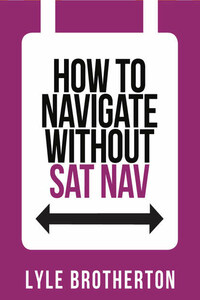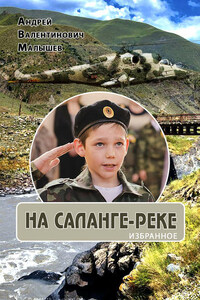Most people will be quite confident of their navigation skills on a warm, clear, summerâs day or while following a well-marked footpath. The problem is that these scenarios often do not last long: the weather can change in an alarmingly brief time, signs run out, tracks disappear or are impassable.
There is only one way to be really confident in navigating in all conditions, and that is to use micronavigation â an easy-to-learn technique of land navigation. You navigate in a series of small distances, called legs, and focus on the immediate features in your landscape to continually ascertain position: this minimises the chance for error.
All navigators make small errors in compass reading, correcting for magnetic declination, and then in both judging distance travelled and how far they have drifted off course. The further you travel on a bearing the greater the error. So by employing short legs these mistakes are continually corrected.
Micronavigation builds upon your innate ability to create a greater awareness of your immediate environment sight, sound, smell and touch and relating this information to the use of robust and reliable non-specialist equipment: a map and baseplate compass.
Micronavigation can be used in the most difficult of terrains including alpine, arctic, desert, forest, Jungle, mountain, shoreline and urban and is employed by specialists varying from search and rescue (SAR) teams to the special Forces.
Micronavigation can also be augmented with, yet is not dependent upon: altimeters, celestial navigation, environmental navigation and global navigation systems (GNS). Different types of navigation may be used in isolation, but just as the Phoenicians relied heavily upon celestial navigation augmented with environmental navigation, today the expert land navigator utilises and combines as many different types as possible.
You will already have a wealth of navigational tools at your disposal which you have been developing and adding to since birth. For example, collecting features that confirm your route is a technique you probably employ everyday travelling to and from work â from noting significant traffic junctions, to registering the noise of the train brake as you approach the station from where you will continue the next leg of your journey. My objective (in this short excerpt) is to break with convention and reawaken these innate skills in the natural environment.
From infancy we learn to navigate our environment using all of our senses. Most navigational techniques simply mirror innate skills.
A major step to becoming a skilled navigator is when you stop thinking about yourself as the reference; instead relate the world around you and the orientation and position of everything in it.
To instruct navigation is simply to formalise these skills and extend them with the mastery of man-made tools. One of the single biggest mistakes that people can make when they teach formal navigation with a map and compass is to focus on the use of these tools and to ignore the individualâs natural skills.








